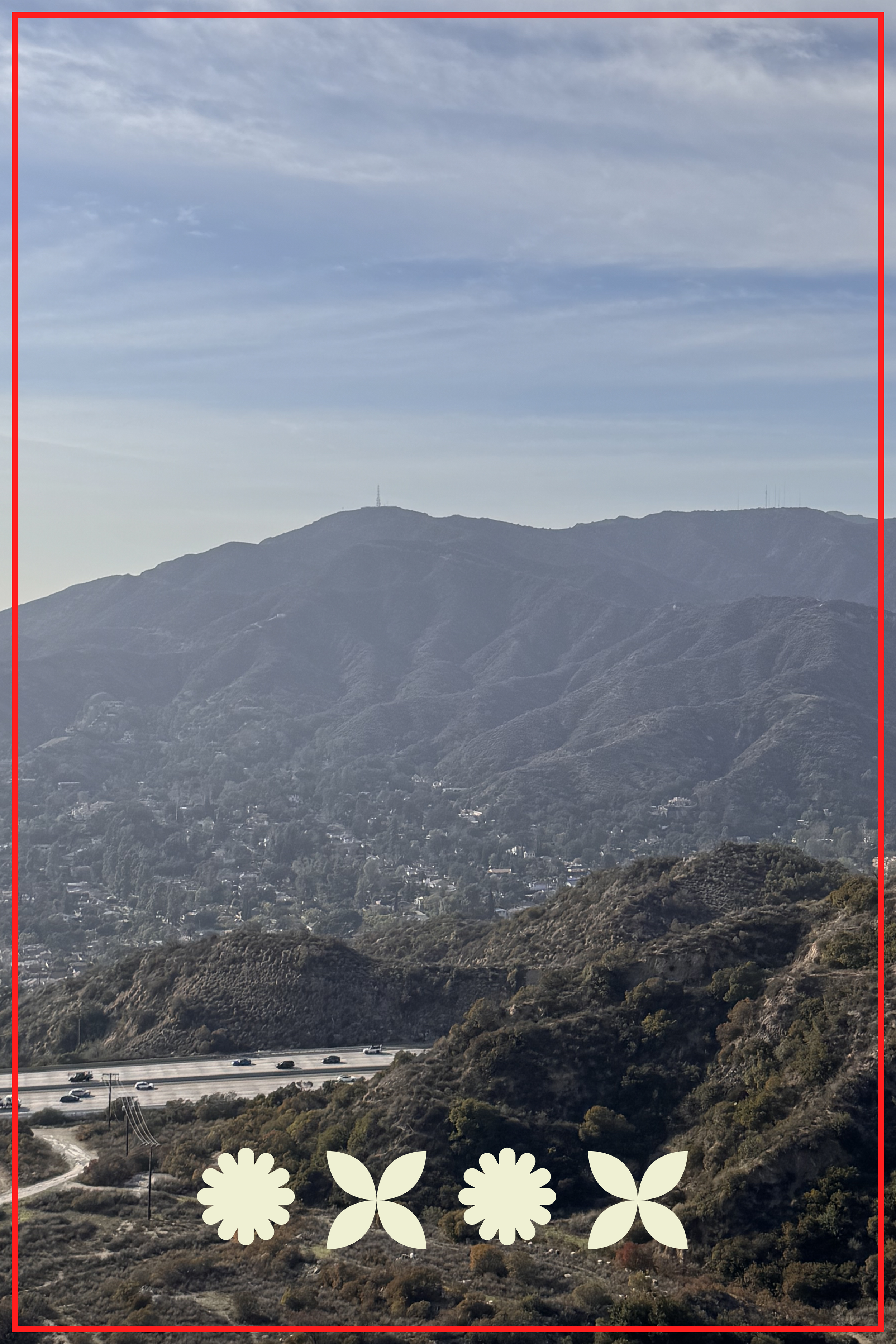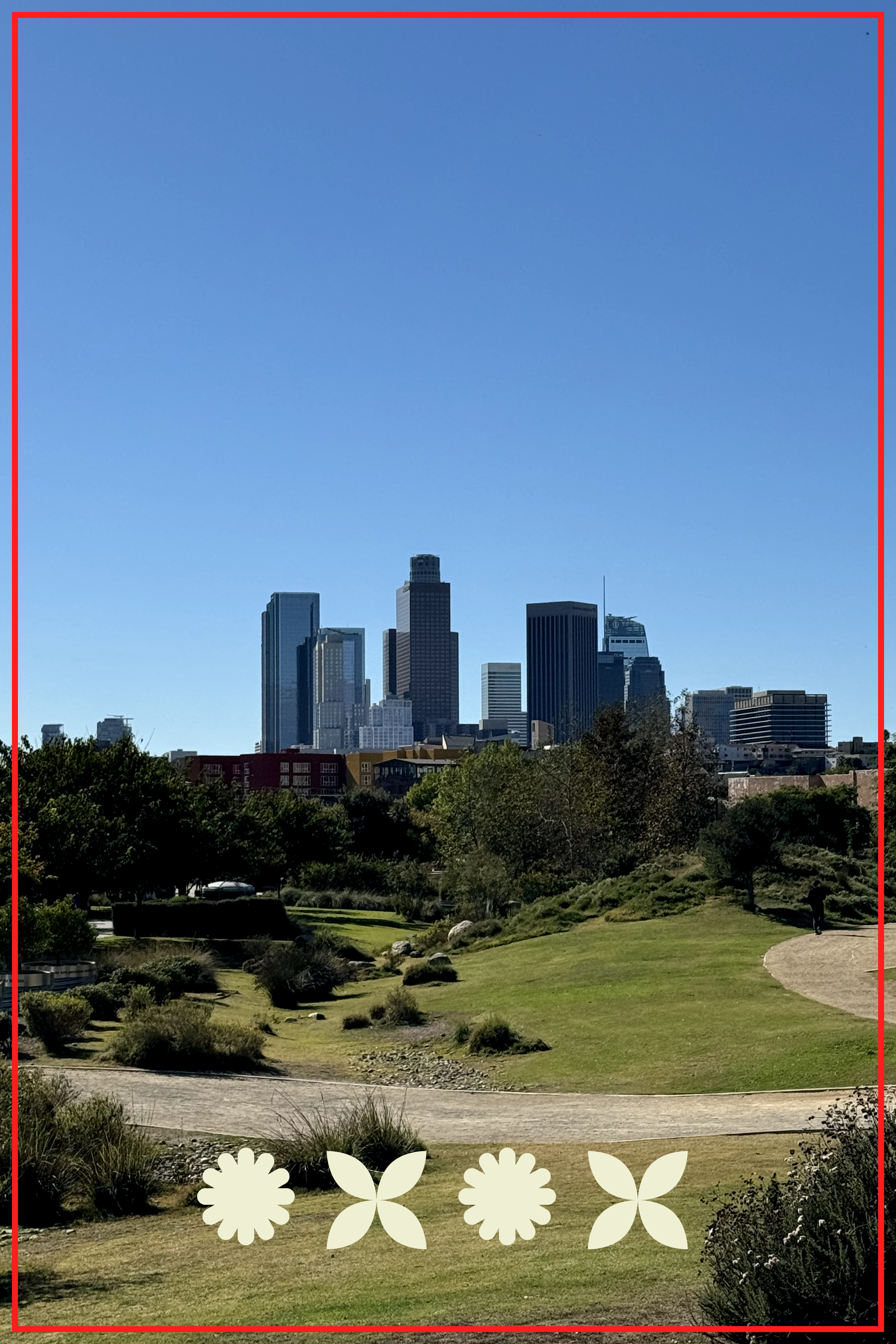The Dreams Encoded In Ornament: Ernst Bloch And The Anticipatory Consciousness Of Folk Art
Philosopher Ernst Bloch's "The Principle of Hope" argues that human dreaming contains what he calls "anticipatory consciousness"—active projections of possibility that can shape reality. For those of us at Folk Lounge exploring ornament, culture, and nature, this insight reframes decorative traditions as repositories of collective longing.
Photo by Noah Buscher on Unsplash
Join upcoming events.
〰️
Dream new patterns with kindred spirits!
Join upcoming events. 〰️ Dream new patterns with kindred spirits!
When we trace a vine's endless spiral around a ceramic vessel or repeat a geometric pattern across fabric, we're encoding dreams—collective wishes about how the world could be more beautiful, more harmonious, more abundant than it is.
Key Threads
Key questions this article explores:
How do traditional patterns function as "soft utopias" that gradually reshape our sense of possibility?
What are the "wish-landscapes" encoded in folk art's idealized depictions of nature?
How does the "not-yet-conscious" in ornamental traditions anticipate future understanding?
What's the difference between abstract and educated hope in contemporary ornamental practice?
Soft Utopias In Repeated Patterns
When we gather to study traditional patterns—the spiraling knotwork of Armenian needlework, the geometric precision of Islamic tiles, the flowering vines of European folk embroidery—these patterns carry what philosophers Miguel Abensour and Fredric Jameson call "utopian impulses." They simultaneously reflect their historical constraints while gesturing toward transcendence.
But perhaps most relevant is Vida Rucil's concept of "soft utopias" from her contribution to "Dreams: of dreams of dreams". Rather than grand revolutionary visions, soft utopias work through gentle, persistent reorientations of everyday experience. Folk ornament embodies exactly this approach—patient, repetitive, embedded in daily life, gradually reshaping our sense of what's possible through accumulated layers of cultural dreaming.
Consider how certain motifs appear across cultures: the tree of life, the protective eye, the abundance of harvest imagery. These patterns represent shared human responses to universal needs—safety, growth, plenty. When I embroider apricot blossoms on a tablecloth, drawing from my Armenian heritage through my father from the mountain region of Artsakh and my Russian roots through my mother from Vladivostok in the far east, I maintain what Abensour calls "educated utopia"—a conscious practice of keeping possibility alive, questioning current limitations while dreaming of eternal spring.
The geometric patterns that repeat across textiles function as what Jameson might call "cognitive mapping," helping communities navigate their relationship to larger social possibilities. These visual systems create shared vocabularies for understanding order, hierarchy, balance, and change within a culture. Each repetition becomes a meditation on harmony and structure—qualities often absent from daily experience but preserved in the visual language of cloth, ceramic, wood.
Wish-Landscapes Of Decoration
Walk through any folk art collection and you'll notice something curious: the decorative flower never wilts, the ornamental bird soars without constraint, the stylized tree grows in perfect symmetry. These aren't failures of artistic observation but what Bloch understood as "wish-landscapes"—projections of an idealized nature where the natural world exists in its most perfected form.
Traditional artisans understood intuitively what Bloch articulated philosophically: nature isn't a static backdrop but an active participant in the world's ongoing creation, full of unrealized potential. The vine spiraling endlessly around a pot doesn't simply copy climbing plants—it expresses dreams of perfect growth, life unbound by limitation. The lotus blooming eternally in Asian textiles embodies wishes for beauty that transcends seasonal cycles of decay and renewal.
Even the pastoral scenes so common in folk traditions reveal themselves as deeply utopian when viewed through this lens. They don't document rural life as it was but dream it as it could be—humans in harmony with nature, abundance without scarcity, beauty integrated into daily existence. The shepherd in the tapestry tends flocks that never face drought. The harvest depicted in ceramics never fails. These wish-landscapes preserve not just aesthetic ideals but ecological hopes.
This perspective transforms how we might engage with natural motifs in contemporary work. Each leaf we stylize, each flower we abstract, each creature we represent becomes a vehicle for what Bloch called the "not-yet"—nature's constant potential for new forms and possibilities. In a time of climate crisis, these wish-landscapes become especially poignant, encoding dreams of restored ecosystems, regenerative abundance, and genuine partnership between human culture and natural systems.
“The real genesis is not at the beginning but at the end, and it starts to begin only when society and existence become radical: that is, comprehend their own roots. But the root of history is the working, creating human being who reshapes and overhauls the given facts.”
Nature As The "Not-Yet-Conscious"
Beyond the obvious symbolism in folk patterns lies something more mysterious—what Bloch called the "not-yet-conscious," intimations of futures that aren't fully realized but live as potential within our present moment. Traditional ornament seems to tap into this anticipatory awareness, creating forms that feel both ancient and strangely prophetic.
Consider the prevalence of spiral motifs across cultures—from Celtic knotwork to Native American pottery to Islamic architectural details. These spirals don't just represent growth or movement but seem to encode something deeper about natural processes, evolutionary patterns, the way energy moves through living systems. They anticipate scientific understanding of DNA helixes, galaxies, water vortices—as if the pattern-makers intuited structural principles that wouldn't be formally discovered for centuries.
The same anticipatory quality appears in how folk traditions handle color relationships, proportional systems, and compositional balance. The golden ratio appears in textile patterns long before mathematical formalization. Color combinations that we now know affect neurological function appear consistently in sacred and domestic contexts. These traditions seem to access what we might call "pattern intelligence"—an embodied understanding of harmonious relationships that precedes intellectual analysis.
This suggests that folk ornament functions as a kind of cultural dreaming about natural laws, evolutionary potentials, and optimal relationships between elements. The "not-yet-conscious" in these patterns points toward possibilities that haven't been fully realized but are somehow sensed, encoded in visual form, and passed forward through generations of makers.
From Abstract To Educated Hope
Bloch distinguished between "abstract hope"—passive wishing that remains disconnected from action—and "educated hope"—conscious understanding of current conditions combined with active work toward transformation. This distinction becomes crucial for understanding how ornamental traditions can function in contemporary practice.
Abstract hope might admire traditional patterns as museum artifacts or nostalgic escapes from modern complexity. Educated hope recognizes these patterns as active technologies for maintaining possibility, tools for what Abensour calls "permanent critique" of current limitations. When we understand the anticipatory consciousness embedded in folk traditions, we can consciously participate in cultural dreaming rather than merely consuming aesthetic forms.
This shift from passive appreciation to active participation transforms ornamental practice. When I work with traditional Armenian motifs, drawing from both my father's heritage in Artsakh and my mother's Russian roots in Vladivostok, I'm not just preserving cultural forms but consciously engaging with the hopes they encoded—dreams of protection, abundance, beauty integrated into daily life. Each stitch becomes a small act of maintaining possibility against forces that would foreclose imagination.
Educated hope applied to ornamental work means asking: What are the collective dreams of our moment? How might traditional pattern languages address contemporary needs for ecological harmony, social connection, technological wisdom? Rather than creating obvious political messaging, we can understand how patterns, repetitions, and decorative choices serve as subtle but persistent reminders that current arrangements aren't inevitable.
From Pattern To Practice
Understanding ornament as encoded dreams shifts everything about how we approach traditional forms in contemporary practice. We're not just reviving old techniques or copying historical patterns—we're consciously participating in what we might call "ornamental dreaming," using decorative forms as gentle but persistent tools for keeping alternative possibilities alive.
The climate crisis, social fragmentation, digital alienation—these contemporary conditions create their own forms of lack, their own spaces for hope. How might we create ornamental languages that function as soft utopias for our moment? Perhaps patterns that dream of technologies serving rather than dominating, communities organized around care rather than competition, economies that regenerate rather than extract.
Rather than creating obvious political messaging, we can understand how patterns, repetitions, and decorative choices serve as what Abensour calls "permanent critique"—subtle but persistent reminders that current arrangements aren't inevitable. When we choose to work with plant-based dyes, repair textiles rather than discard them, or gather in commons rather than consume in private, we embody the dreams encoded in traditional patterns.
The repetitive nature of ornamental work itself becomes meaningful in this context. Each stitch, each brushstroke, each carved detail participates in what traditional cultures understood as sacred time—cyclical rather than linear, regenerative rather than extractive. In a world obsessed with efficiency and novelty, the patient work of decoration becomes a form of resistance.
Woven Wisdom
Truth worth holding onto:
Anticipatory Consciousness: Folk patterns don't just preserve the past—they actively project future possibilities through repeated motifs that encode collective hopes for beauty, harmony, and abundance.
Soft Utopian Function: Traditional ornament works through gentle persistence rather than grand gestures, gradually reshaping our sense of what's possible through accumulated layers of cultural dreaming.
Cultural Cognitive Mapping: Geometric patterns and decorative motifs serve as visual systems that help communities understand and navigate their relationship to larger social and spiritual possibilities.
Dreaming Toolkit
Pattern Genealogy Practice: Choose a traditional motif from your heritage and research its historical meanings. Create a contemporary version that honors its essence while addressing current hopes—ecological harmony, community healing, technological wisdom.
Collective Dream Mapping: Gather with others to identify shared concerns in your community (housing, environment, connection). Collaborate on ornamental designs that encode dreams of solutions, using repeated patterns to embed these visions in everyday objects.
Nature's "Not-Yet" Study: Spend time observing a natural element—tree, flower, water pattern. Create an ornamental interpretation that captures not just its current form but its potential—the perfect bloom, the ideal growth, the harmonious ecosystem it might represent.
As we continue exploring the intersections of ornament, culture, and nature at Folk Lounge, this framework offers both validation and challenge. It validates the importance of decorative traditions as carriers of collective dreaming while challenging us to remain conscious of the hopes we're encoding in contemporary work. Every pattern we study, every traditional technique we learn, every piece we create participates in the ongoing human project of dreaming the world toward its better possibilities.
The question becomes: What dreams will our ornamental languages carry forward? In the gentle persistence of repeated motifs, the patient accumulation of stitches, the quiet transformation of raw materials into meaningful forms, we discover that beauty isn't luxury but necessity—not decoration but aspiration made visible. Through thread and clay, through pattern and color, we participate in the ancient human practice of dreaming the world more beautiful than we found it.
Events
Ready to dive deeper? Join our community of master artisans, cultural stewards, and creative practitioners exploring the intersection of traditional craft and contemporary life. Classes, intensives, and ceremonial gatherings across LA and online for artists, designers, crafters, illustrators, and makers of all backgrounds and levels. Our programs unite ancient wisdom with contemporary practice, cultivating living heritage through embodied craft, storytelling through making, communion with nature, cultural preservation, meditative practice, and the celebration of life's luminous beauty.
#ernstbloch #anticipatoryconsciousness #softutopias #wishlandscapes #folkart #ornamentaldreams #patterngenealogy #collectivedreaming #culturalcognitivemapping #traditionalpatterns #decorativetraditions #notyetconscious #educatedhope #ornamentalutopia #patternlanguage #culturaldreaming #utopianimpulses


